I have a dimmer circuit that produces the following wave forms.
Red: Triac Gate Signal
Yellow: 120v 60Hz AC Wave (not triac output)
I would assume that given this signal, the triac should flip on and the light and it should be at nearly 100% brighness. However, this is not what's happening. Itstead, the light doesn't turn on at all. Can anyone explain why this might be? If I change the gate to be always triggered (i.e. always voltage to the gate), the light turns on to 100% brightness as expected. Is it possible that the resistor sitting before the triac gate is too high (56 Ohms)?

The circuit is essentially the same as this one:
 http://www.arduino.cc/cgi-bin/yabb2/YaBB.pl?num=1276992650/0
http://www.arduino.cc/cgi-bin/yabb2/YaBB.pl?num=1276992650/0